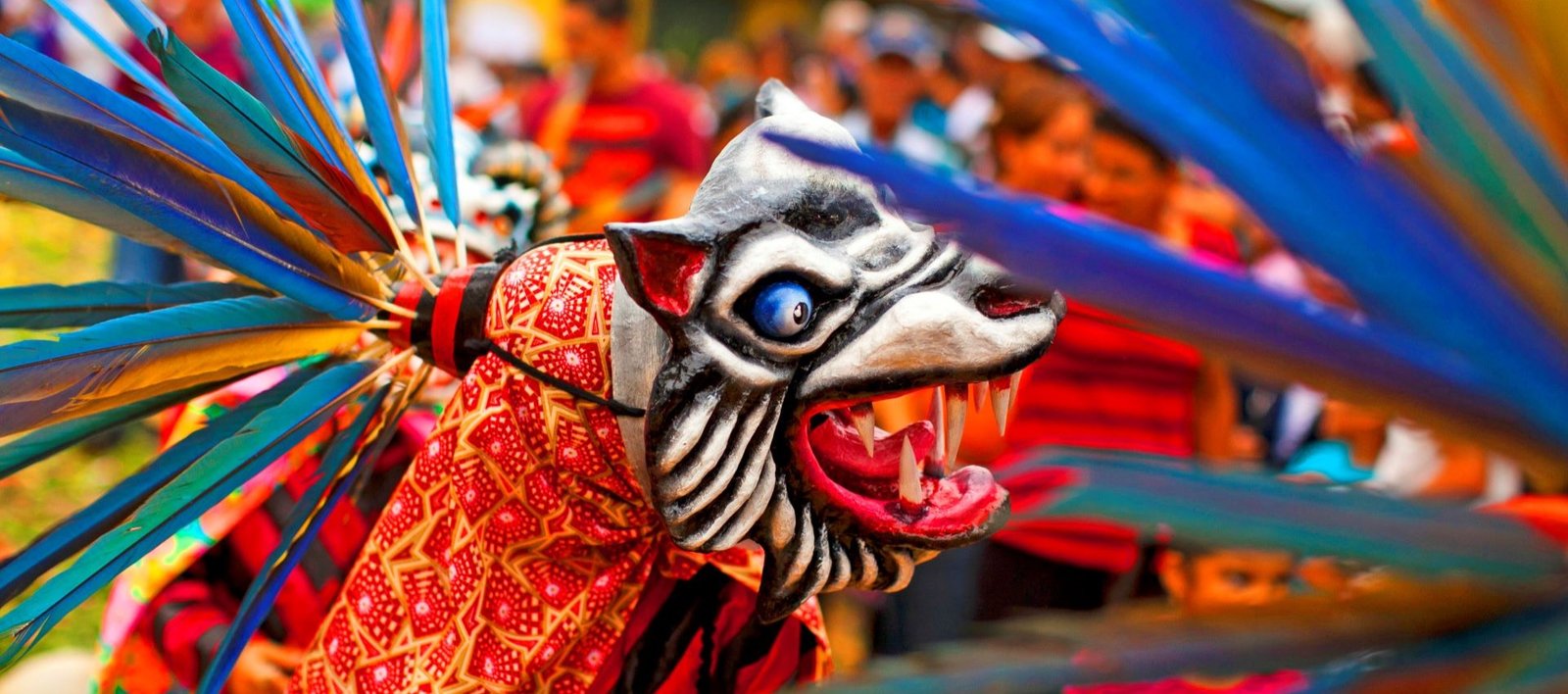
Devils in La Villa de Los Santos
This small town will explode with color during the Corpus Christi festival, a European tradition dating back to the 13th century that was brought to the Americas in Colonial times.
By: Redacción Panorama de las Américas
Photos: Tito Herrera
On May 29th, La Villa de los Santos, a colonial town located in the heart of Panama, will be dressed in color. Renowned national carpet makers and some guests from Mexico, Guatemala, El Salvador, Colombia and Brazil will dress the streets of the city with large carpets made with salt, sawdust, sand, marble, foliage and some flowers.
The carpets —laid down on the route of the procession of the Blessed Sacrament, which will take place at noon on May 30— will then disintegrate, leaving only the memory of an ephemeral art.
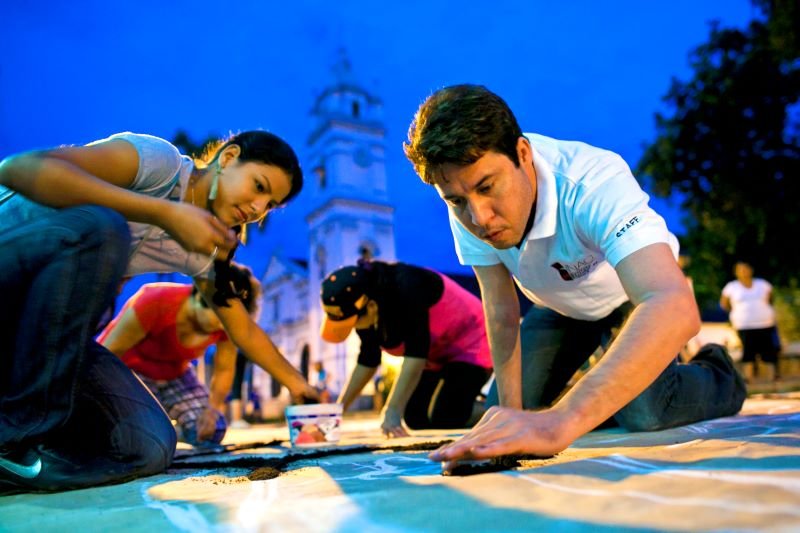
And although the carpets are the most striking feature of this religious festivity, they are not the only extraordinary thing that happens in the streets of La Villa de los Santos during Corpus Christi. In reality, everything will begin on the 25th, the eve of the Holy Trinity, when at noon four dirty devils will come out of the four corners of the main park to make gunpowder circles. It is the Danza del Diablo Encuetado, whose objective is to protect La Villa, because in the following days there will be devils on the loose.
On the 29th, when a clock made with a square and compass marks the exact noon, the devils will try to split the sun in four to divide it as they please. However, without noticing it, they will end up making the sign of the cross and thus begin their struggle between good and evil.
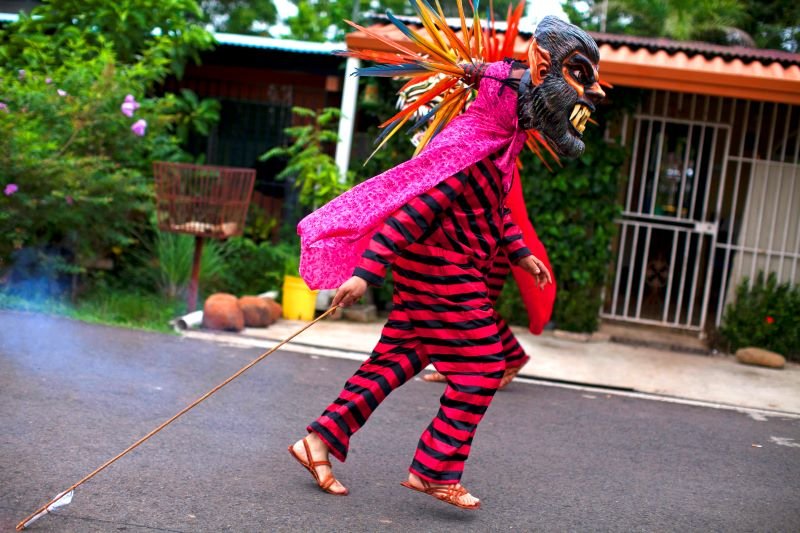
The alfombristas will then begin their work, which they will not finish before the dawn of the 30th, already the day of Corpus Christi. Before the Eucharist, which takes place at 10 a.m., the different dances will enter the church.
First the clean little devils will raise their parley to heaven, asking the bishop’s permission to enter. Then come pantomiming devils dancing with castanets, followed by the Dance of the Conquest, a Spanish zarzuela that narrates Montezuma’s encounter with Hernán Cortés; the Dance of the Dwarves (drawing a contrast with the giants of Spain); the Big-Headed Montezuma; the Dance of the Bull; the Dance of the Buzzards; the Zaracundé, representing the enslaved people; and lastly, the humorous Mojigangas with their pointed social criticism.
The cultural syncretism that
contains the tradition of La
Villa de los Santos deserved
the title of Patrimonio
Intangible Cultural Heritage of Humanity,
by Unesco.
After the Eucharist, the Blessed Sacrament is finally carried through the streets in a procession over the carpets. The Sacrament will touch every corner of the park, recalling the four cardinal directions, to bless and purify everything in case any devils remain on the loose.
Those who cannot attend during these days might remember that the dancers take to the streets again on the eighth day after the celebration. Friday, June 7 marks the Heart of Jesus, and Saturday is dedicated to tourism. The Corpus Christi dances are performed once more, this time with groups from other parts of the country.
The dances were originally inspired by Greek theater traditions, in which women were not permitted to participate. Even today, the dances are performed by men. However, on Sunday, May 9 — Women’s Day— women are free to play any of the characters.
The purpose of this European tradition dating to the 13th century is to remind the faithful of the miracle of the Eucharist. However, upon arriving in America
was transformed and filled with local elements. The cultural syncretism of the tradition in La Villa de los Santos has earned the celebration a place on the UNESCO Intangible Cultural Heritage list.

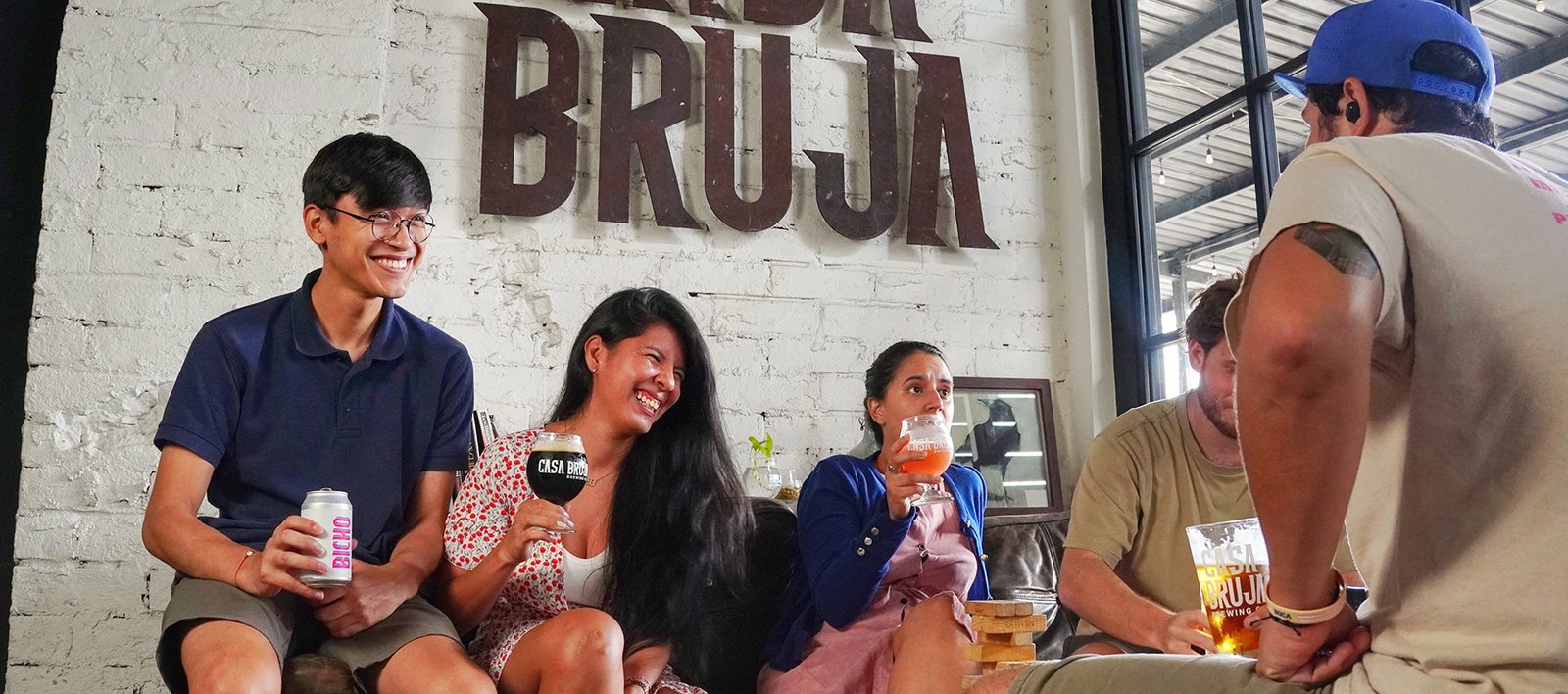

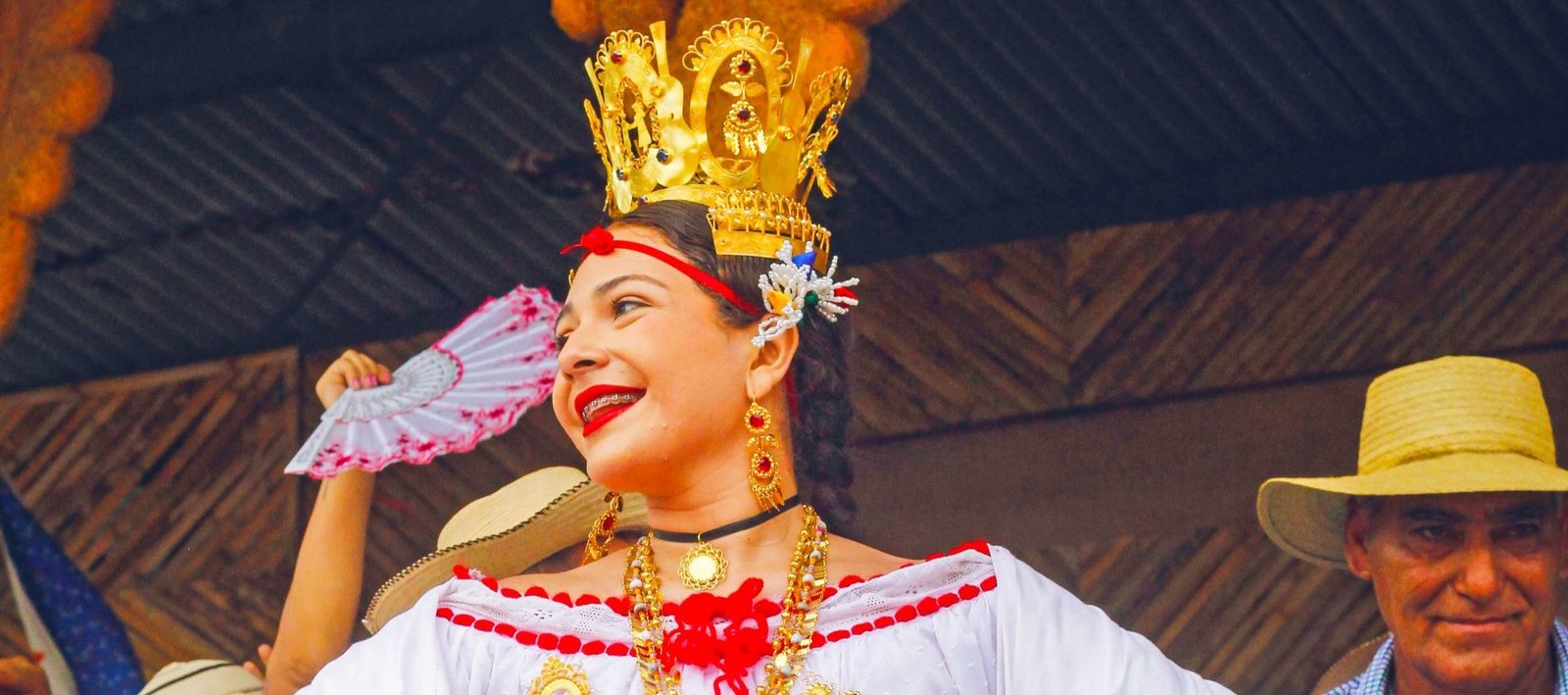
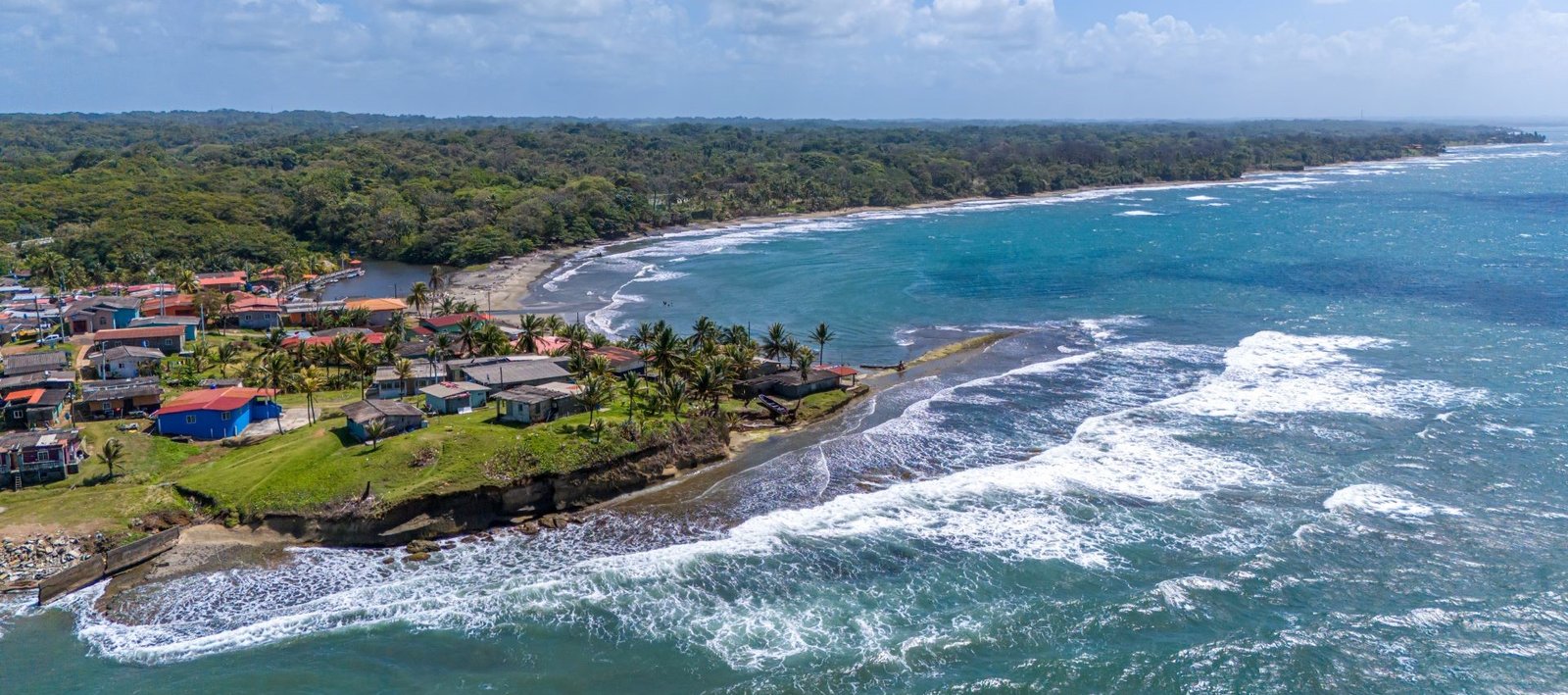
Leave a Reply